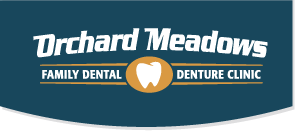Extractions
Sometimes a tooth is too far gone to save. If that happens, you and your doctor may decide on a tooth extraction. Teeth are removed for several reasons including severe decay, advanced bone loss (periodontal disease), or if they are broken in a way that cannot be repaired. A tooth may also need removal because it is are poorly positioned in the mouth — such as an impacted tooth — or in preparation for orthodontic treatment.
The removal of a single tooth can lead to other issues, like affecting your chewing ability, problems with your jaw joint, and shifting teeth. All these items can have a major impact on your dental health, so to avoid complications, your doctor will discuss alternatives to extractions as well as a plan for replacement of the missing tooth.

